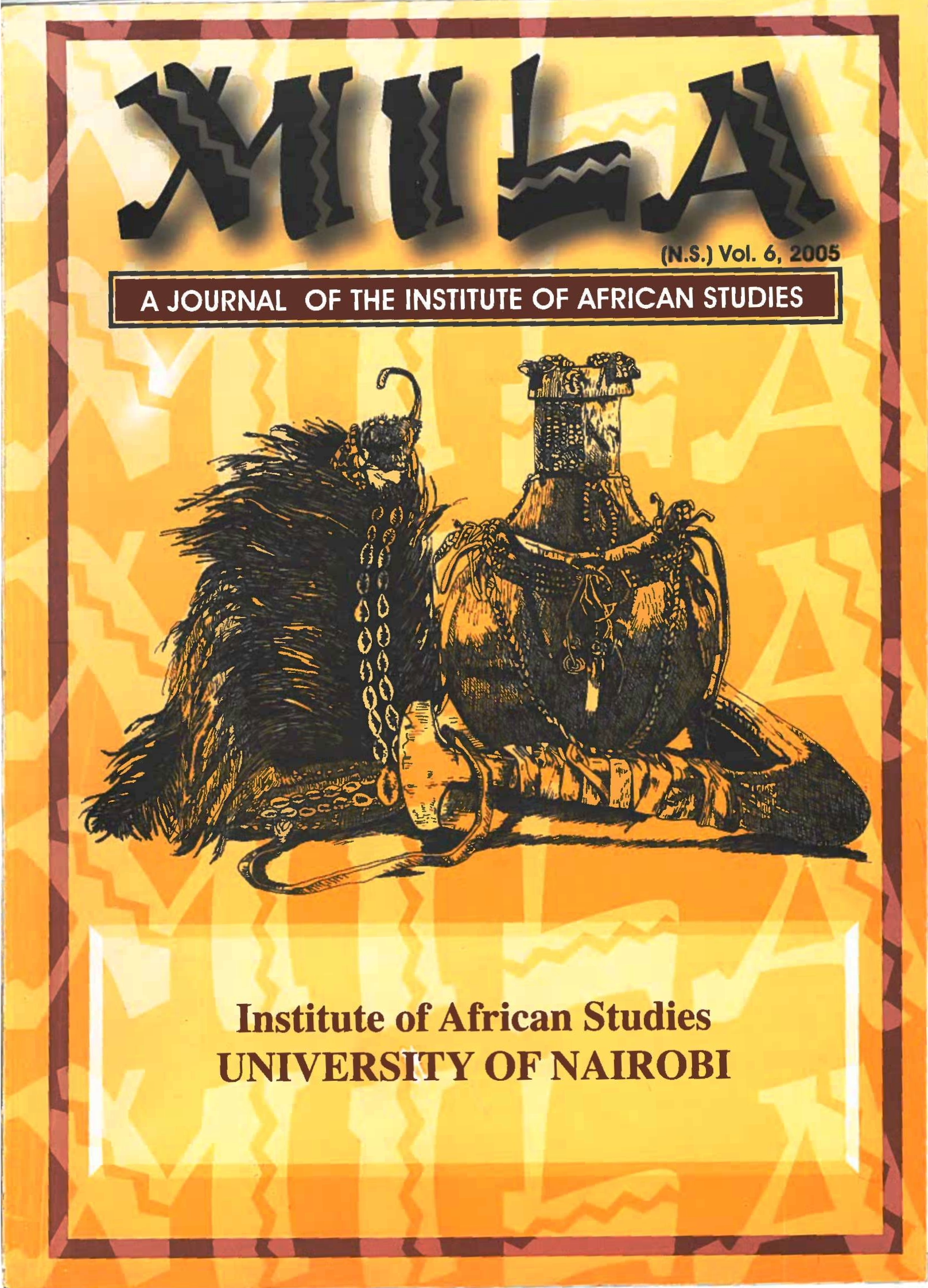From Boma to Big City
Transformation in the Social Structure of Ngorongoro Maasai
Abstract
This study takes a closer look at how and why a growing number of Maasai men and women have moved into urban areas in recent years. The study addresses the following questions: a) what factors are causing the Maasai to go to urban areas? and b) how is the community affected by people going to urban areas? This study was conducted in the area surrounding Endulen village within the Ngorongoro Conservation Area (NCA) and in Dar es Salaam City. One hundred sixty-eight interviews were conducted with two hundred and five participants of varying ages, genders, education levels, and contact levels with cities and towns. The study demonstrates that the Maasai are going to cities to get jobs and sell beaded jewelry and traditional medicinal substances in response to severe poverty including a lack of cattle and economic benefits from ecotourism. It is observed that such phenomena are on the rise and reflect an increasing awareness among Maasai at large that other sources of income must be sought to counter-balance the impoverishment caused by the rapidly decreasing performance of their traditional cattle economy. As such, it is both one creative response of individuals to mechanisms of modernity and globalization, including a highly visual as well as greatly visible collective attempt to carve out new and more positive niches for their ethnic identity. The community is being affected in many ways, including a gap in the workforce, an increase in communicable diseases, changes in gender roles, and effects of inter-ethnic group marriages. The Maasai have structured age sets with corresponding social and gender roles. Altogether, the Maasai are currently experiencing a shift in social and gender roles due to many ilmurran or morani being in cities.

